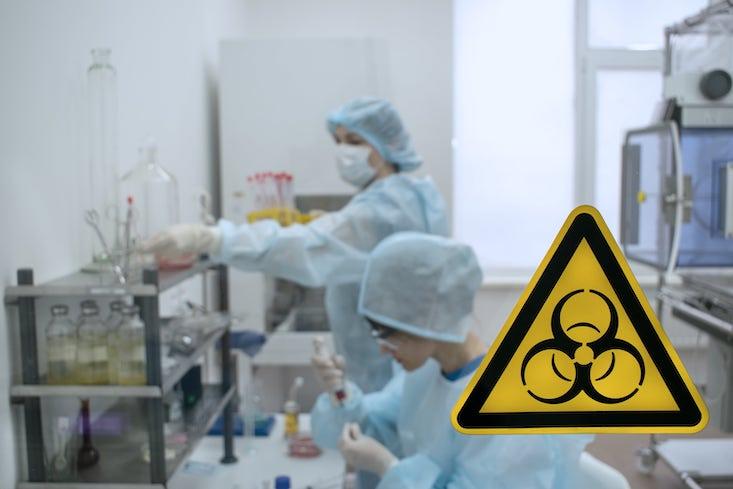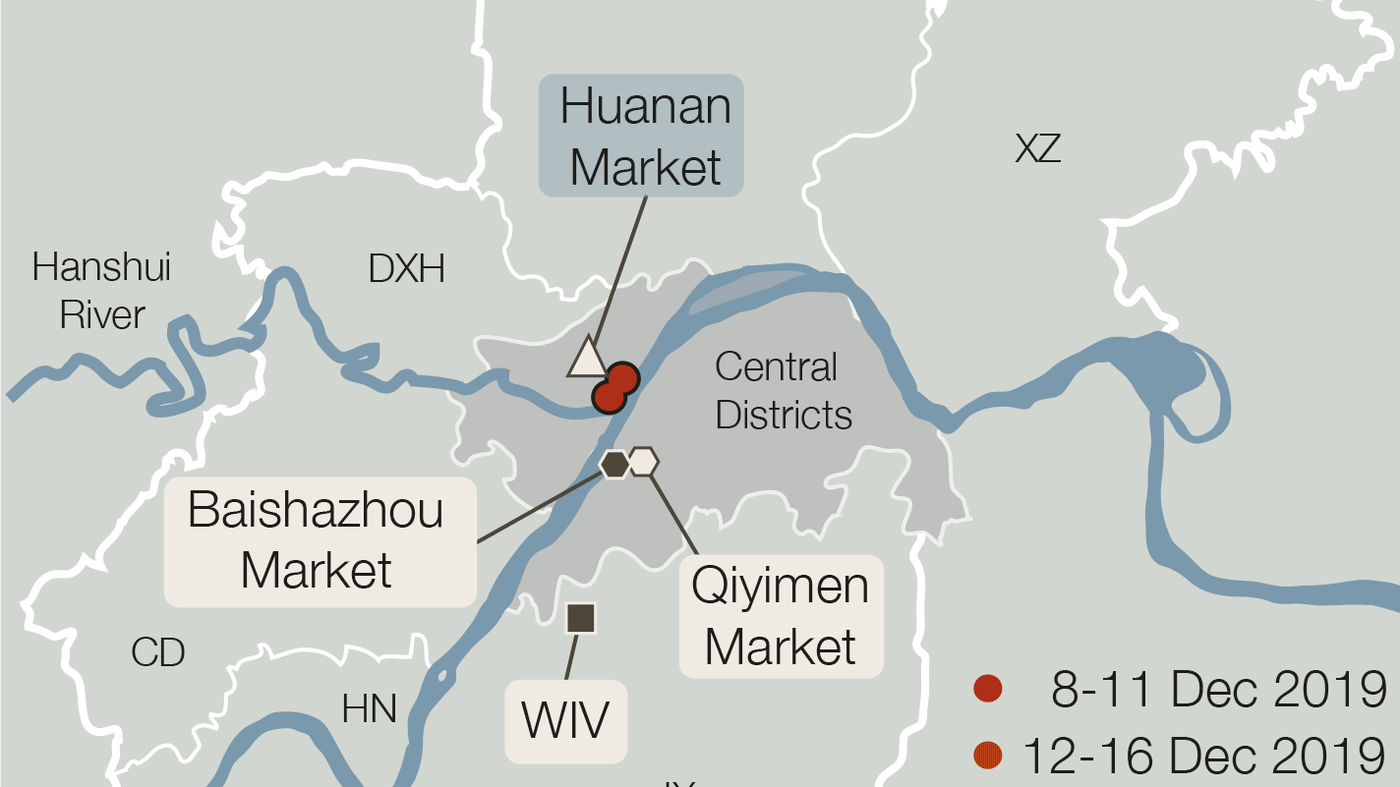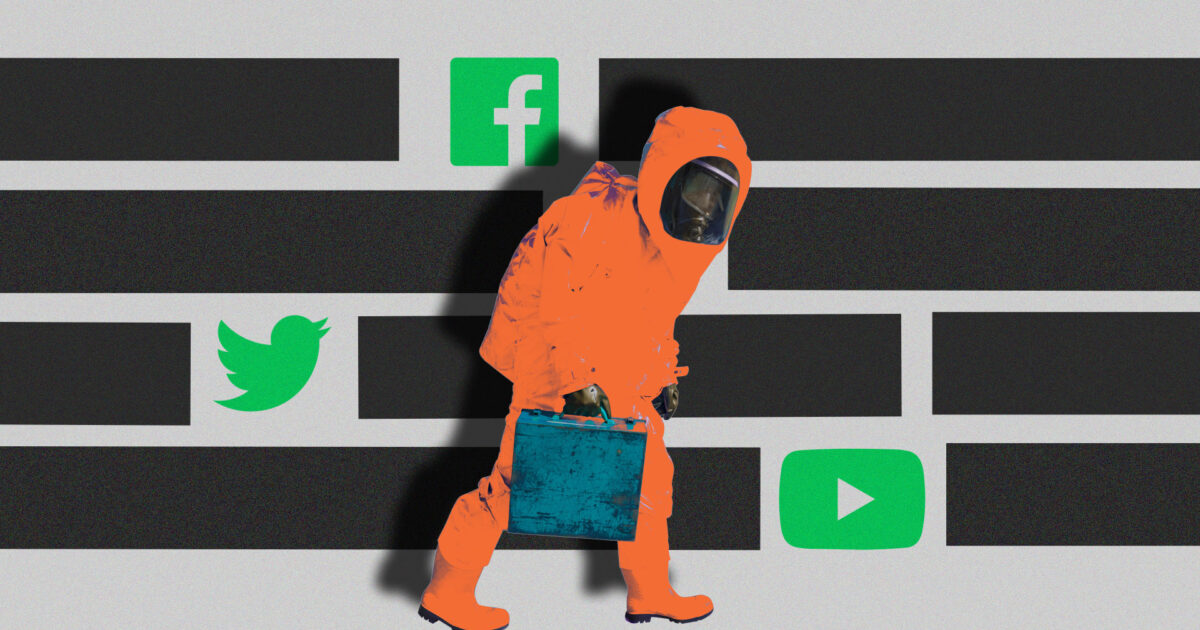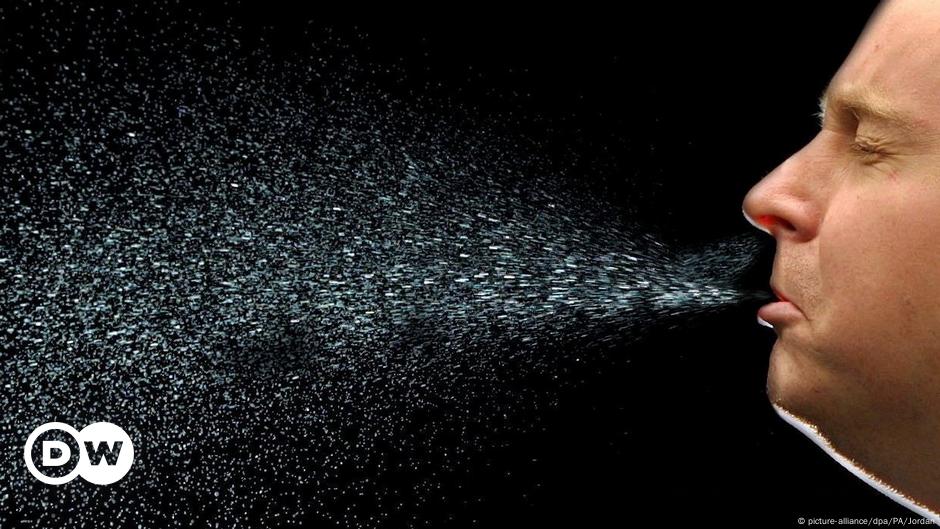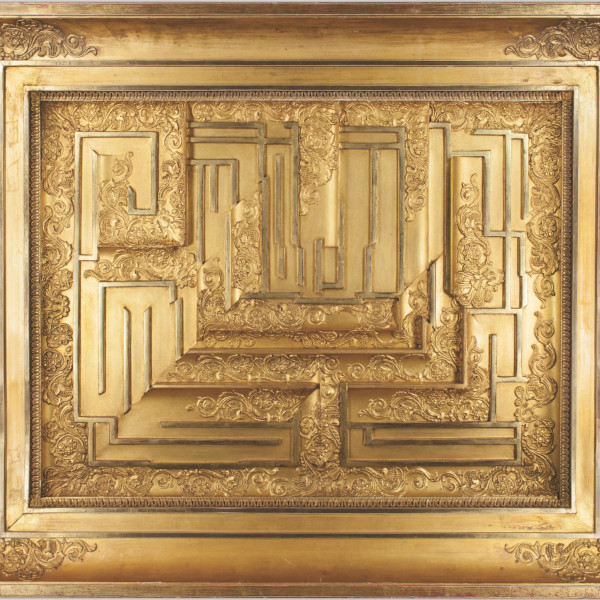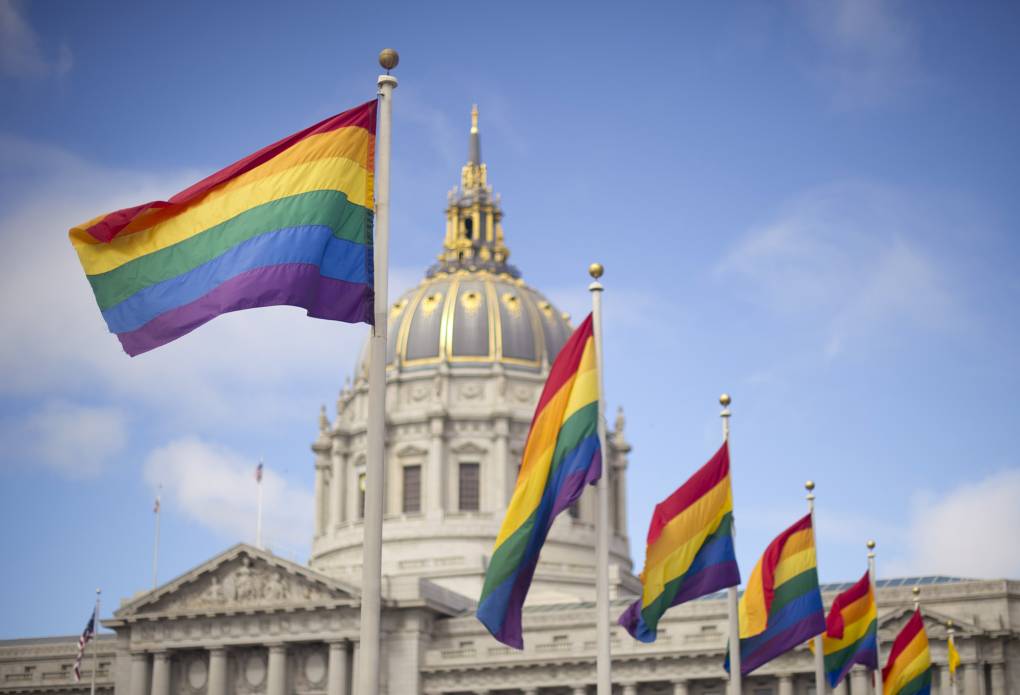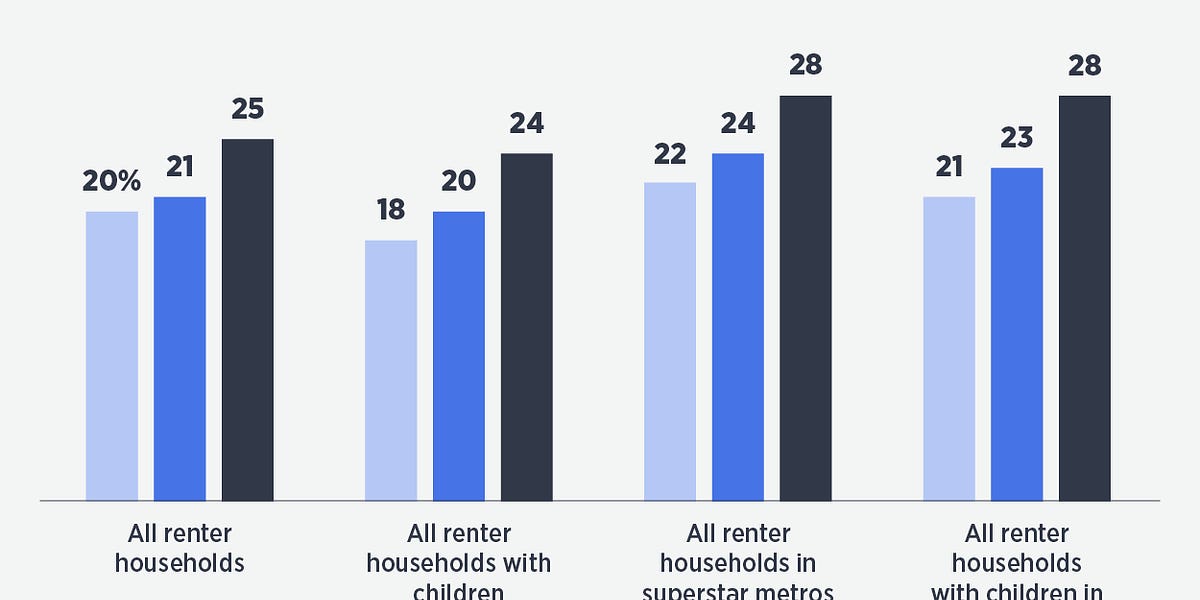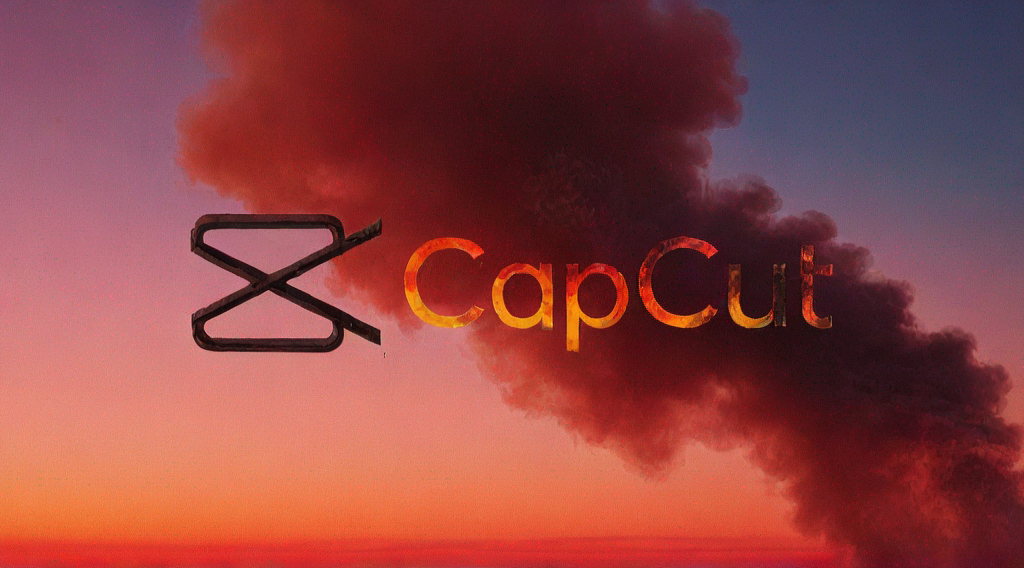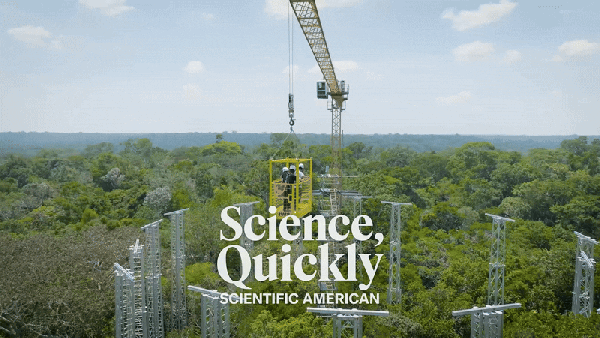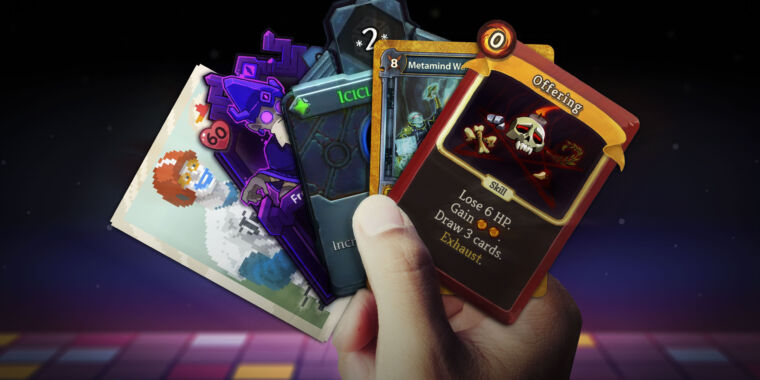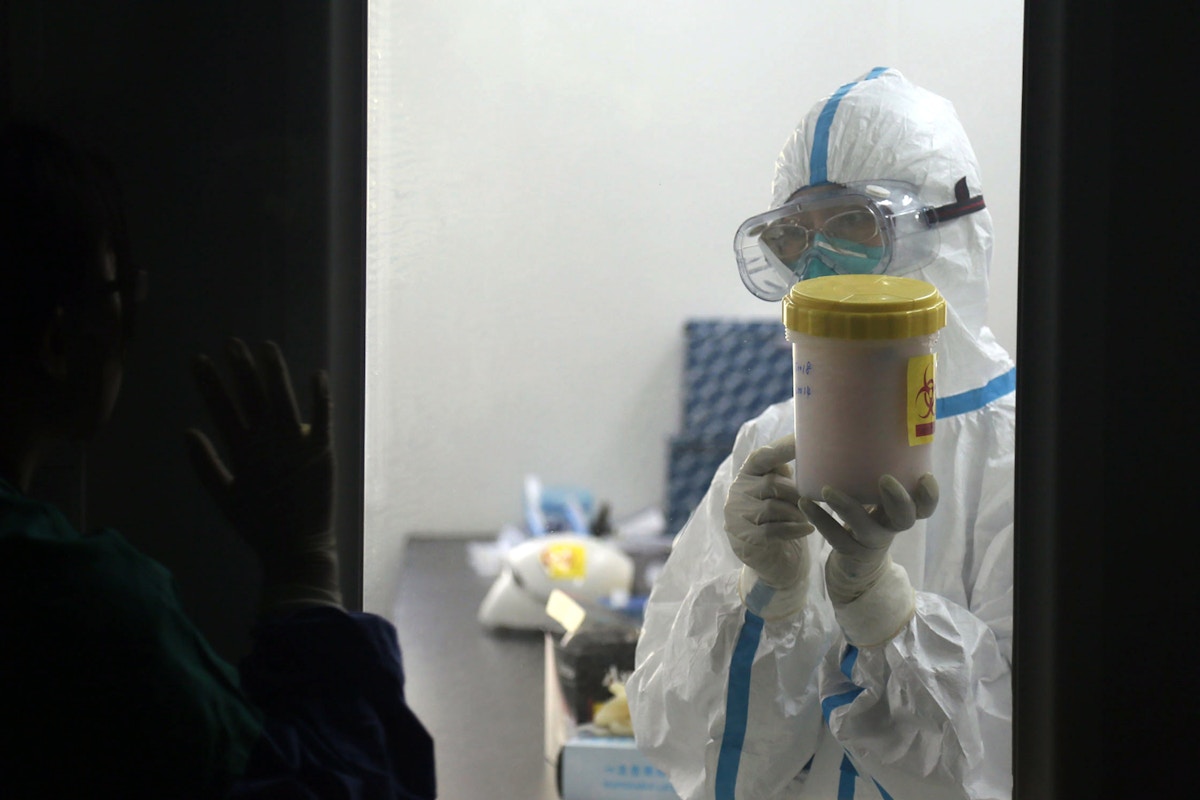
I Visited a Chinese Lab at the Center of a Biosafety Debate. What I Learned Helps Explain the Clash Over Covid-19’s Origins.
We should let science and evidence prevail while recognizing that science, like other disciplines, is shaped by competing interests.
A doctor at the Chinese Center for Disease Control and Prevention gestures to a colleague in their laboratory in Beijing on April 16, 2013.
Shanghai officials initially said that the man had died from routine complications, but by the end of the month, the government’s claims had given way to a troubling admission: The Chinese health ministry notified the World Health Organization of the emergence of a new avian flu virus called H7N9. The death toll rose to seven, and cases spread to provinces surrounding Shanghai. Public health experts lost sleep worrying that the world was on the brink of a pandemic.
H7N9 would turn out to be a minor threat compared to SARS-CoV-2, the coronavirus that causes Covid-19, but the path it took will sound familiar to anyone who has tracked the news over the last year. Initial cases in China were followed by censorship and secrecy, which gave way to lingering suspicion of both the government and Chinese scientists.
I remember that trajectory vividly because I was the lead China correspondent for the journal Science during the H7N9 outbreak. Many times over the past year, amid seesawing and often misleading media coverage of the search for the origins of SARS-CoV-2, I have thought back on one particular story I wrote in 2013.

